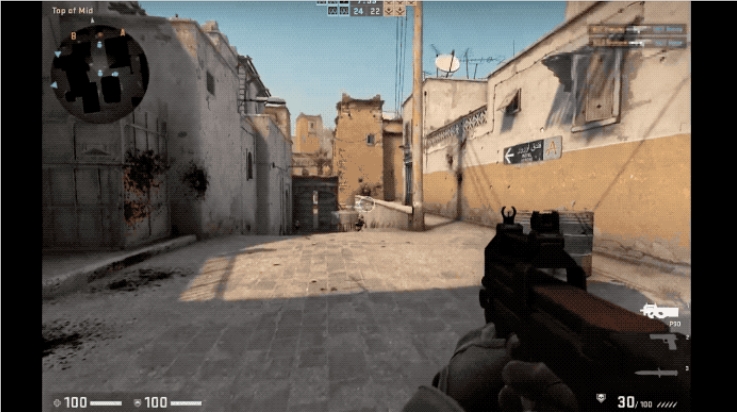The editor of Downcodes will take you to learn about Neuralink’s latest breakthroughs! Alex, a paralyzed game enthusiast, used brain-computer interface technology to successfully control the game with his thoughts, and even achieved the amazing feat of three kills in "CS2"! This technology not only gave Alex freedom in the game, but also allowed him to rediscover the joy of creation and be able to use CAD software for 3D design. Let us witness how technology changes lives and brings hope to people with disabilities.
Under the magic of technology, Musk's Neuralink company has brought new hope to a paralyzed game enthusiast named Alex. Through brain-computer interface technology, Alex can not only play the game "CS2", but can even achieve the feat of triple kill, which was unimaginable before.
Through Neuralink's brain-computer interface technology, Alex mastered the technique of controlling a mouse with his thoughts in just 5 minutes, breaking the world record for brain-computer interface cursor control. This not only allows him to easily cope with the game, but also allows him to achieve more operations in daily life.
Before the brain-computer interface was implanted, Alex could only rely on the QuadStick device to control the straw with his mouth to play games. Now, he can move and aim freely in the virtual world, experiencing unprecedented freedom and fun.

Alex is a former automotive service technician with a passion for design and construction. Through Neuralink, he can not only design 3D objects using CAD software, but also turn his designs into reality. This improvement in ability allowed him to rediscover the joy of creation.
Neuralink encountered some issues with implant stability in the first participant, Noland, but in Alex’s case, the team has taken improvements and no similar issues have been observed so far. This means that the stability and reliability of brain-computer interface technology are constantly improving.
The Neuralink team is working hard to expand the functionality of the brain-computer interface, including enabling more complex mouse and game controller operations, and developing algorithms that can recognize handwriting intentions to make text input faster. These advances could not only help paralyzed people regain the ability to use electronic devices, but also help restore the ability to communicate for those who are unable to speak.
This technology of Neuralink has brought a new milestone to the field of brain-computer interface, and also pointed out the direction for future technological development. I believe that there will be more surprising breakthroughs in the future, and the editor of Downcodes will continue to pay attention to the reports.